heian court, tsukimi
Tsukimi in the Heian Court: Moonlight, Poetry, and Elegance
James Lau
Posted on August 12, 2025
Share:
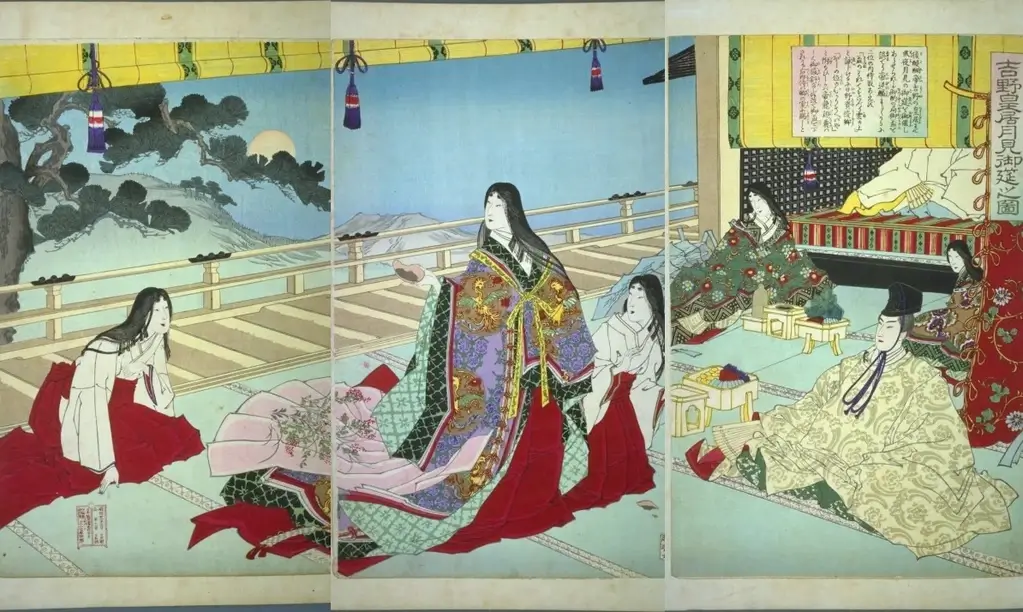
In Japan, the moon has been a symbol of beauty, emotion, and the passing of seasons. The tradition of tsukimi, or “moon viewing,” captures this idea perfectly. While today’s celebrations often involve seasonal foods and decorations, the tradition during the Heian period (794-1185) was a courtly event full of poetic refinement. From elegant boat rides to moonlit music performances, the moon inspired a lifestyle of calm reflection.
What is tsukimi?
Tsukimi (月見) means “moon viewing,” one of Japan’s autumn traditions. Held during the 15th night of the eighth lunar month, this celebration, also called Jugoya, marks the moon at its fullest. The custom came from agricultural festivals but evolved into an aesthetic event among the nobility. Seasonal produce, like taro, tsukimi dango, and pampas grass, is presented to the moon to express thanks for the harvest.
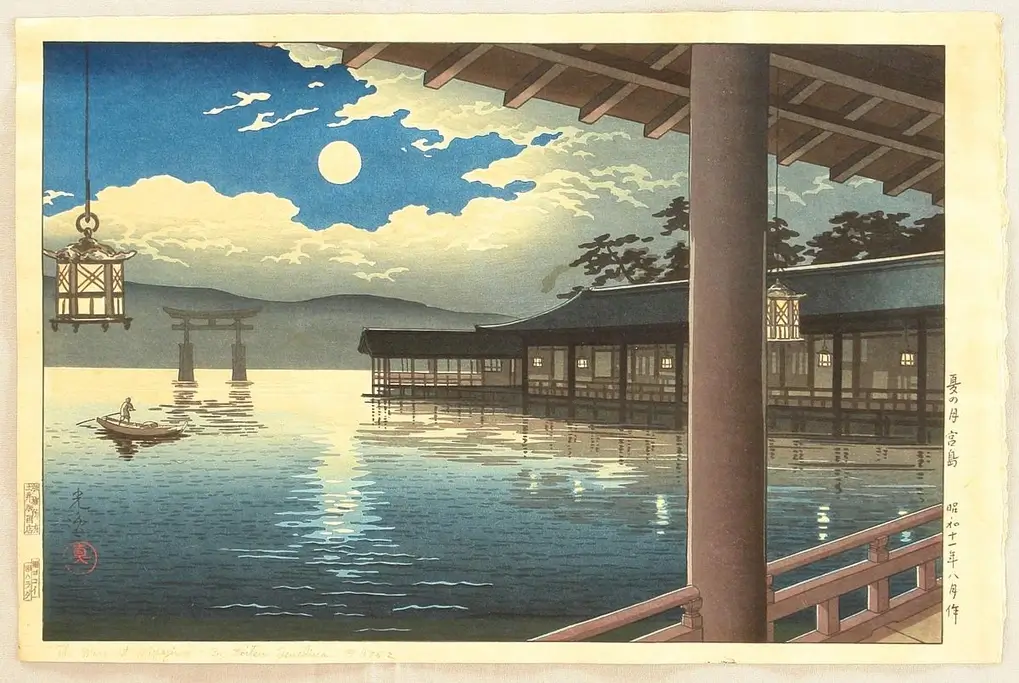
Though tsukimi is practiced in many ways across Japan, its cultural roots in the Heian period have shaped its core. The moon is associated with beauty, impermanence, and emotion, qualities treasured in Japanese art and literature. Even today, parties and themed foods keep this tradition alive. While the setting may have changed from royal gardens to rooftops and balconies, the quiet elegance of this ancient tradition remains the same.
Moon Viewing in the Heian Court
In the Heian court, tsukimi displayed cultural refinement and elite taste. Aristocrats, dressed in layered silk robes, would gather in garden pavilions or board boats to view the moon’s reflection on ponds and rivers. It was a whole evening of poetry, music, and elegance. Guests recited waka poetry in response to the moon’s changing position, using emotion and nature as inspiration.
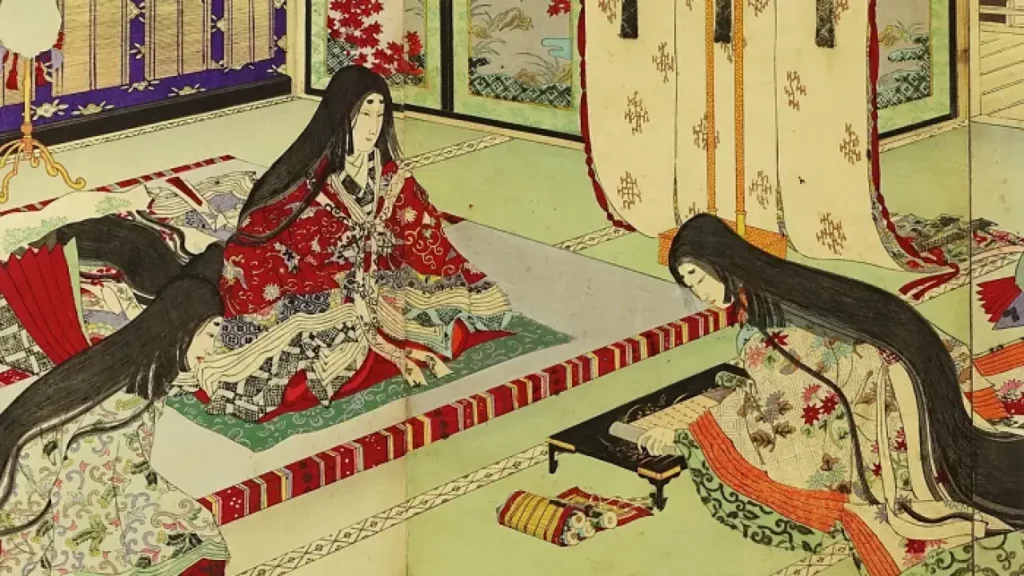
One common Heian practice was to float cups of sake across the water’s surface while guests composed verses on the spot, a delicate game that tested wit and literary grace. These moonlit gatherings encouraged participants to express aware, a term for the sadness and beauty found in fleeting things. The Heian elite valued the moon-viewing tradition as an extension of their artistic identity, a night to be seen and felt.
Tsukimi in Literature and Art
The Heian period produced some of Japan’s most enduring works of literature, many of which reference tsukimi. In The Tale of Genji, moon-viewing scenes reflect characters’ innermost emotions. The moon was used as a setting and a mirror for the heart. Its beauty, unchanging yet constantly shifting, represented the shortness of life. Moon-viewing scenes often marked turning points in stories or revealed more profound truths about characters.
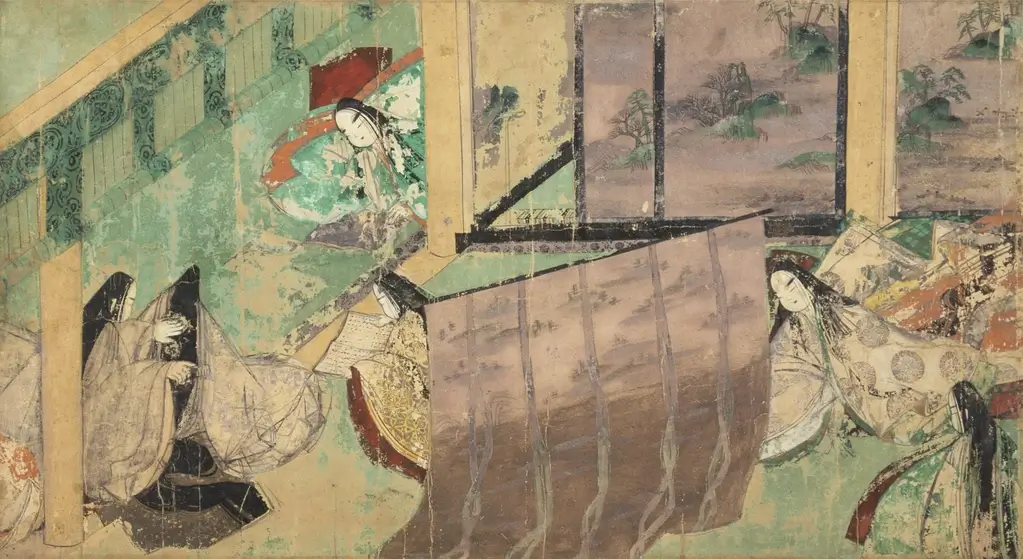
Calligraphy and emaki (picture scrolls) also depicted moonlit gatherings and poetic exchanges. These images captured the elegance of the Heian court, with detailed illustrations of robes, instruments, and moon reflections on water. Many seasonal poems from the period were later compiled in anthologies, preserving the emotions of this event. As a visual and literary motif, the moon has brought people together and inspired many works.
Would you like to enjoy tsukimi-inspired snacks this September? Check out Sakuraco! Sakuraco delivers traditional Japanese snacks, teas, and sweets from local Japanese makers directly to your door so you can enjoy the latest treats directly from Japan!
How is it celebrated today?
Today’s tsukimi celebrations retain the spirit of appreciation, though they’ve become more casual and accessible. Families gather on balconies or in parks to watch the moon rise, often while eating dango. Decorations may include pampas grass and seasonal vegetables, displayed to thank the moon. Restaurants and convenience stores offer moon-themed menus, including egg-topped burgers or soba with mochi.
Though the poetry and boat rides of Heian times are rare, some regions recreate historical moon-viewing events with classical music and traditional attire. Shrines and temples also hold quiet moon-viewing nights, sometimes pairing them with lantern-lit paths or flower displays. While the tradition has evolved, its heart remains unchanged: to pause, admire, and connect with something greater. The elegance of this Heian tradition still glows in the night sky.
Why should I appreciate tsukimi?
People should appreciate this tradition because it offers a moment of calm reflection in a world that rarely slows down. Like cherry blossom viewing in spring, the moon reminds us to look up, take in the moment, and remember that beauty is fleeting. The moon is there as a witness to our thoughts and changes. Observing tsukimi connects us to nature and history all at once. It’s a tradition rooted in stillness, art, and awareness.
The tradition serves as a bridge between ancient customs and modern life. Even without a court pavilion or poetry gathering, anyone can participate simply by watching the full moon and enjoying something warm and seasonal. The power of this event lies in its simplicity; it asks only that you notice and feel. It’s a reminder that elegance doesn’t need complexity; sometimes, it’s as easy as sitting beneath the sky. Did you know about Tsukimi’s importance in the Heian Court? What traditions do you want to try? Let us know in the comments below!
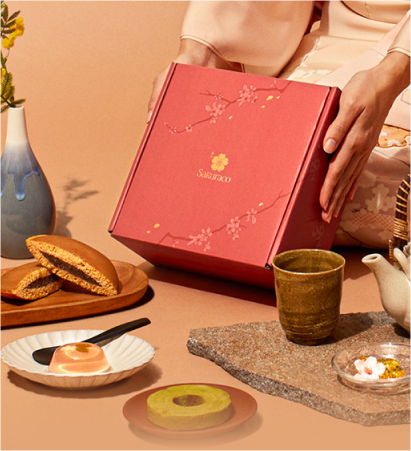
Discover authentic flavors with Sakuraco
Get Sakuraco 

Discover authentic flavors with Sakuraco
Get Sakuraco 
Related Articles

Japanese Fish Bait: The Beautiful Art of Kebari
Kebari are traditional hand-tied flies used for freshwater fishing in Japan, especially in mountain streams where small insects form the main diet of native fish. Instead of bright plastic lures, kebari use feathers, thread, and natural materials to create subtle movements in the water.
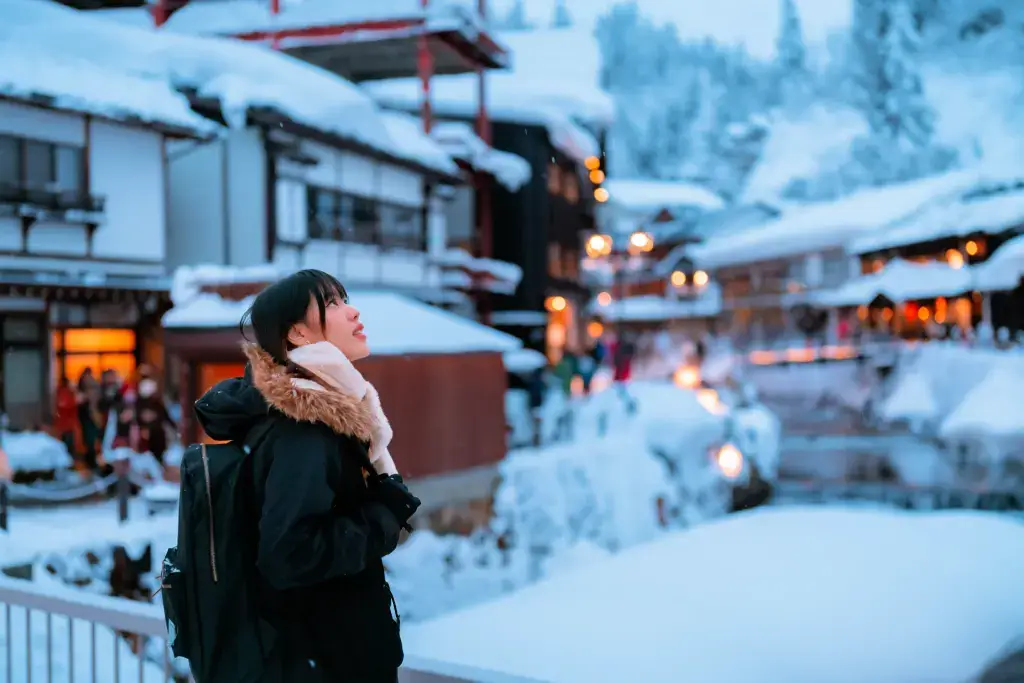
Japan Holidays Guide: Relax, Explore, and Delight in Festive Fun
As the year draws to a close, everywhere buzzes with preparations for the holidays, and Japan is no exception. Despite the cold winter weather, you can feel warmth in the scenery, decorations, and festive activities across the country. Let’s explore the unique experiences of holidays in Japan that many people dream of enjoying at least once in their lifetime!
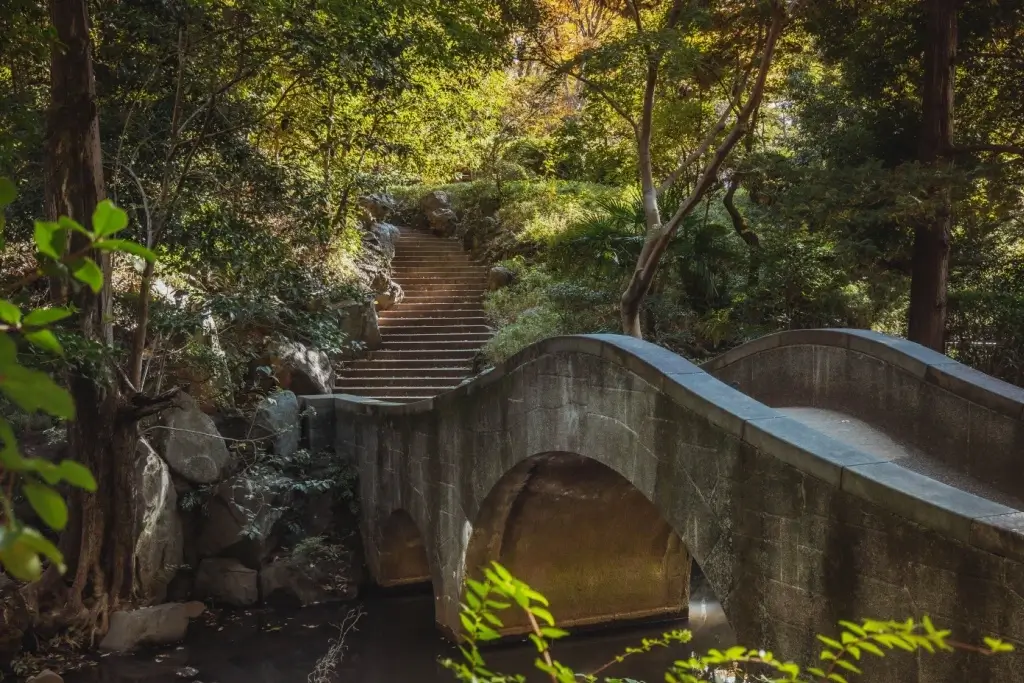
Tokyo Gardens: Five Beautiful Traditional Japanese Gardens to Visit
Tokyo gardens offer a relaxing escape for visitors looking to get a breath of fresh air. However, Tokyo has more than just the typical gardens we see in the West. Let’s explore five traditional Japanese gardens and what makes them unique!

Japan Cruise Spotlight: The Ultimate Guide to Abashiri Icebreaker!
Japan offers a diverse range of cruise experiences, taking in various stunning landscapes. But, in the chilly grip of winter, some voyages pull in adventurers from around the globe. At the forefront of these wintry trips is the Abashiri Icebreaker Cruise in Hokkaido.



